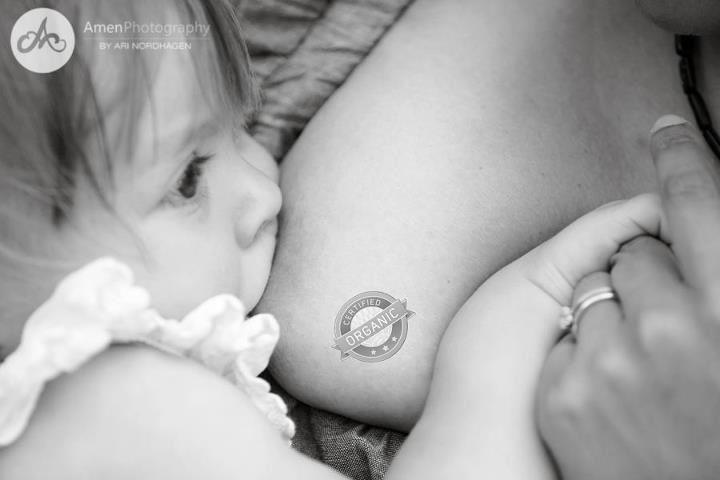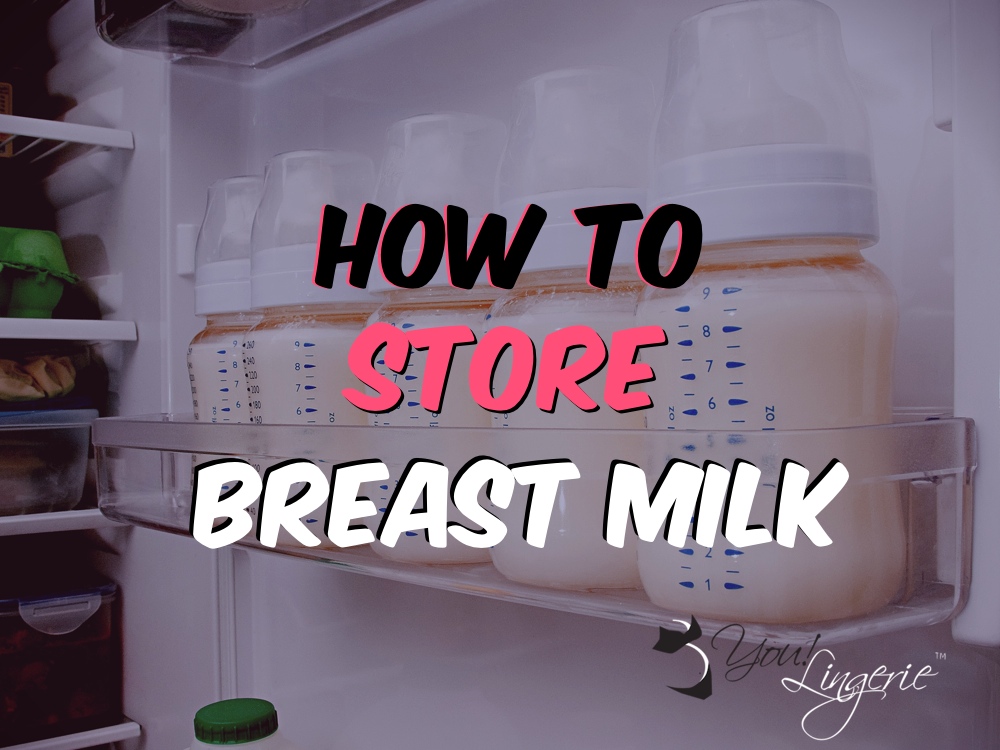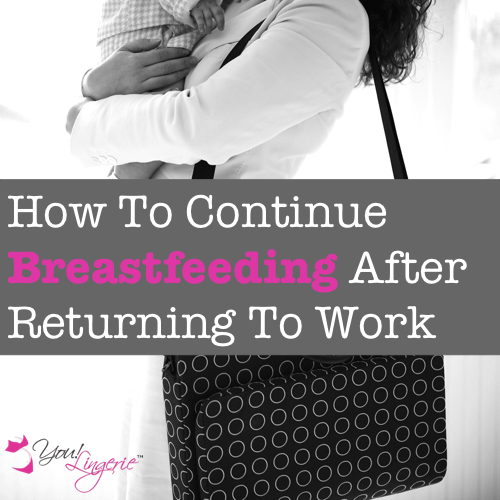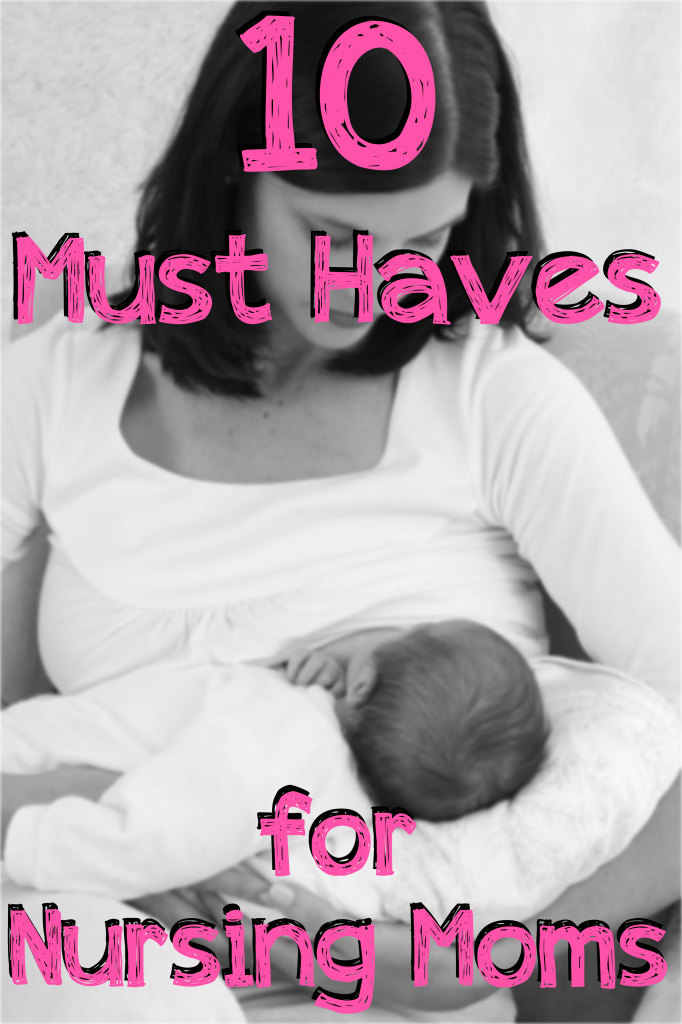Breastfeeding is best for both mother and baby. Whether you are a veteran mom or expecting your first child, prepare yourself by reading our list of basic nursing rules.
Do:
- Nurse your infant as soon as you can after he is born. This will satisfy your baby’s nutritional needs, help to establish an immediate bond and help your milk to “come in.”
- Ask a lactation consultant for help while still in the hospital. She will help you and your baby to start developing a good nursing relationship by teaching you the signs of a good latch, helping you try out different nursing positions and explaining to you what’s normal and what’s not.
- Nurse on demand. Watch your infant for hunger cues, such as rooting and lip smacking and feed her when she’s hungry. This will help her develop a sense of trust and help you maintain adequate milk supply (Hartshorn, 2012).
- Drink extra fluids. Fluids are essential to producing enough milk, as well as satisfying mother’s hydration needs (Sears, Sears, Sears, & Sears, 2003).
- Continue to take your prenatal vitamins or start using quality multiple vitamins, as well as Omega 3 supplements (always consult your physician before taking any medications or supplements).
- Watch what you eat and how it affects your baby. Some foods may bother your baby and cause excessive gas. Track down the offenders and eliminate them from your diet while you are nursing (Sears, Sears, Sears, & Sears, 2003).
- Offer a variety of foods to your nursing baby when he starts eating solids. He will be happy and healthy if he gets nutrition from breast milk as well as vitamin and mineral rich fruits, vegetables, grains and meats (Noblet, 2012)
Don’t:
- Give your baby water. Breastfed infants get plenty of water from their mother’s milk and supplemental water may prevent them from breastfeeding as much as they should, as well as cause nipple confusion (Does Baby Need Extra Water, 2011).
- Smoke, drink or do illegal drugs.
- Take any prescriptions or over-the-counter drugs without consulting your doctor.
- Yell or react harshly if your baby bites or pinches your breast. This can truly traumatize her. Instead, draw your baby as close to your breast as you can – she will open her mouth to breathe better and release your breast (Sears, Sears, Sears, & Sears, 2003).

References
Does Baby Need Extra Water. (2011). Retrieved July 14, 2012, from Ask Dr. Sears:
http://www.askdrsears.com/topics/breastfeeding/faqs/does-baby-need-extra-water
Hartshorn, J. (2012). All About Breastfeeding on Demand. Retrieved July 13, 2012, from Parents
Magazine: http://www.parents.com/baby/breastfeeding/tips/breastfeeding-on-demand/
Noblet, R. (2012). The Dos and Don’ts of Weaning. Retrieved July 13, 2012, from Parents Magazine:
http://www.parents.com/baby/breastfeeding/weaning/dos-and-donts/?rb=Y#page=3
Sears, W., Sears, M., Sears, R., & Sears, J. (2003). The Baby Book. New York: Hachette Book Group.
 If you have to pump and store breast milk for the first time, you probably have an array of questions. You have to balance safety and convenience, so it’s important to know how to best preserve the nutrients and antibodies in milk.
If you have to pump and store breast milk for the first time, you probably have an array of questions. You have to balance safety and convenience, so it’s important to know how to best preserve the nutrients and antibodies in milk.
What should I store my breast milk in? There are three primary types of containers that work for storing breast milk: glass containers, plastic containers and breast milk storage bags. Most moms agree that the storage bags made specifically for breast milk are most convenient because they come in a few different sizes and can be placed in both refrigerator and freezer safely. Make sure that your container is sealed tightly to prevent spoilage, leakage or freezer burn (DiSanto, Joseph; DiSanto, Karin Y. , 2012).
How much should I store in each bag (bottle)? It is wise to store the amount that you expect your baby to drink during each feeding. If your baby doesn’t drink a consistent amount of milk, store 2 ounces in each bag. Remember that milk expands when frozen, so don’t overfill the storage bag.
How long can I store my breast milk safely? Here are the guidelines from Dr. Sears:
- Milk can be stored at room temperature (77F) for 4 to 8 hours.
- Refrigerated breast milk is good for 3-8 days. Transfer unused refrigerated milk to the freezer before it is 8 days old and discard all milk that has been stored for longer than 8 days. Never store it in the refrigerator door – make room in the back of the refrigerator instead.
- Breast milk can be stored in the back of the freezer for 3 months. Thaw it for 24 hours before feeding it to your baby. Never refreeze thawed milk. Use thawed milk within 24 hours. Freezing destroys some of the properties of breast milk, and bacteria grows fast what it is thawed (Ask Dr. Sears, 2011).
Be sure to address any concerns with your pediatrician before expressing and storing breast milk.

References
Ask Dr. Sears. (2011). Storing and Transporting Breast Milk. Retrieved July 9, 2012, from Ask Dr. Sears:
http://www.askdrsears.com/topics/breastfeeding/while-working/storing-transporting-breast-milk
DiSanto, Joseph; DiSanto, Karin Y. . (2012, January). Breastfeeding FAQs: Safely Storing Breast Milk. Retrieved July 10, 2012, from Kids Health:
http://kidshealth.org/parent/growth/feeding/breastfeed_storing.html
 Coming back to work from your maternity leave is a huge adjustment. While you will not be able to physically nurse your baby as often as you used to, providing her with expressed breast milk is well worth it. If you plan to breastfeed your baby after returning to work, there are many things to think about. When you make your initial plan, it is important to coordinate with your partner, employer and your infant’s caregiver.
Coming back to work from your maternity leave is a huge adjustment. While you will not be able to physically nurse your baby as often as you used to, providing her with expressed breast milk is well worth it. If you plan to breastfeed your baby after returning to work, there are many things to think about. When you make your initial plan, it is important to coordinate with your partner, employer and your infant’s caregiver.
Get the right gear – Working moms have to be efficient and it may be difficult if it takes you a half an hour to empty each breast. Consider investing in a dual hospital grade pump that empties both breasts at the same time (Laing, 2009). Make sure you have plenty of milk storage bags, a lunch bag and several ice packs. You will need several baby bottles with slow flow nipples that mimic mom’s breast. This way, your baby is less likely to develop nipple confusion (Ask Dr. Sears, 2011). Purchase extra nursing bras and nursing tops to make pumping more quick and efficient. Determine how often will you nurse your infant yourself – You will have to get ready for work every morning, so you may need to put her on a nursing schedule to streamline your morning routine. Figure out whether you can make it home (or to the daycare) during the lunch hour to nurse you baby and to take time to bond with her. Ask your partner or caregiver to feed your baby in a way that allows you to nurse him when you get home from work. Figure out where you will pump and how often – Ask your employer for a private room that you can use and talk about taking extra breaks to pump. Explain to your supervisor why it is important and communicate to him how you plan on meeting the demands of your job. To keep your milk supply high and to prevent engorgement, you will have to express your breast milk approximately as often as your baby nurses or at least twice during your work day (Ask Dr. Sears, 2011). Find out how you will store your breast milk – It is best to store breast milk in the refrigerator in your break room. You can put the storage bag in a separate container to conceal it. If a refrigerator is not available, you can store the milk in an insulated lunch bag with a few ice packs. Remember that you can only store the milk in a cooler for a few hours, so try to get it home as soon as possible and refrigerate or freeze it (Ask Dr. Sears, 2011). Make sure your partner and caregiver understand how to handle breast milk -Make sure they understand how to thaw, store and transport breast milk, as well as when they should discard it. Explain to them that they cannot microwave breast milk, and that bottles must be washed after each use. Nurse your baby as often as you can when you are home. It will provide him with vital nutrients directly from the source, give you time to bond and stimulate milk production. 
References
Ask Dr. Sears. (2011). 20 Tips for Working and Breastfeeding. Retrieved July 11, 2012, from Ask Dr. Sears: http://www.askdrsears.com/topics/breastfeeding/while-working/20-tips-working-and-breastfeeding Ask Dr. Sears. (2011). How To Fit Pumping Onto Your Work Schedule. Retrieved July 11, 2012, from Ask Dr. Sears: http://www.askdrsears.com/topics/breastfeeding/while-working/how-fit-pumping-your-work-schedule Ask Dr. Sears. (2011). Storing and Transporting Breast Milk. Retrieved July 9, 2012, from Ask Dr. Sears: http://www.askdrsears.com/topics/breastfeeding/while-working/storing-transporting-breast-milk Laing, L. (2009, February). Balancing Work & Breastfeeding. Retrieved July 10, 2012, from Parents Magazine: http://www.parents.com/baby/breastfeeding/breast-pumping/balancing-work–breastfeeding/?page=4

You are beginning a beautiful new journey with your baby. Breastfeeding will nurture her and allow the two of you to bond. Establishing a nursing relationship may come very naturally or may take a lot of work, especially for first-time moms. These ten products will make breastfeeding easier, particularly if you are very active or plan to return to work after your maternity leave.
1. Nursing bras and nursing pads. Nursing bras are more comfortable for breastfeeding moms than ordinary bras and provide easy access to your breasts. Parents Magazine recommends buying three or four nursing bras of different colors. Nursing pads fit inside of your bra cup and absorb leaking milk, preventing embarrassing stains on your shirt (Richards, 2012).
2. Nursing tops. Unless you plan on running around in a nursing bra the entire time you breastfeed your baby, you need to purchase a few nursing tops. They are designed to allow you to nurse inconspicuously without revealing too much skin. A good alternative to nursing tops are button up shirts.
3. Nursing pillow(s). Nursing pillows (Boppy pillows) fit around your waist and are created specifically for making babies comfortable. They keep your infant positioned at your breast and are convenient because you don’t have to support the baby’s head while nursing. Isabella Knox, a doctor at the University of Washington and Seattle Children’s Hospital, says this about nursing pillows, “The general idea is: you bring the baby to the breast, not the breast to the baby. That way, mom doesn’t have to contort herself to get into the baby’s mouth” (WebMd, 2012).
4. Breast pump. Having a breast pump is essential if you plan to go back to work, leave the house for over two hours without your baby, or travel. On top of that, breast pump is the best solution to relieve engorged breasts. Pumping can also stimulate breasts and increase milk production if you have low milk supply and the stimulation from your baby is not sufficient.
5. Nursing cover. Nursing cover is designed to cover your chest and your baby while you nurse to give you some privacy. It can be irreplaceable for active, on-the-go moms who frequently nurse in public. Some babies don’t like nursing covers and will refuse to breastfeed. It may help to experiment with different types of nursing covers to find the one that your baby is comfortable with.
6. A couple of bottles for breastfed babies. Even if you plan on breastfeeding exclusively, it is best to buy a couple of bottles that are specifically designed for breastfed babies. If you are not available to feed your baby, he is not going to wait. These bottles have slow flow nipples and the shape of the nipple mimics mom’s breast, so they are unlikely to cause nipple confusion. They are usually more expensive than ordinary bottles, but are well worth it, especially if you plan to nurse your baby for an extended period of time.
7. Milk storage bags. Milk storage bags are designed to store breast milk and are very convenient if you produce more milk than your baby needs, prefer to bottle-feed in public or plan on returning to work. Milk storage bags can be laid flat in the freezer or stored in the refrigerator upright.
8. A cooler bag. These cooler bags are smaller than a regular lunchbox and are designed specifically to store baby bottles. They are very convenient for transporting frozen breast milk or freshly pumped bottled milk.
9. Nipple cream. Nipple cream is a must have when you first begin to breastfeed – it moisturizes and heals irritated and cracked nipples. It is lanolin based and you don’t have to wash it off before nursing your baby.
10. Prenatal vitamins or nursing vitamins with Omega-3. Nursing provides the best nutrition for your infant and it makes sense to capitalize on that by continuing to take your prenatal vitamins and Omega-3 fatty acids.
Parents Magazine; Jennifer Richards (2012). 14 Things You Didn’t Know About Breastfeeding.
Retrieved on July 2, 2012 from http://www.parents.com/baby/breastfeeding/problems/breastfeeding-soothing-solutions/#page=10 .
WebMD. (2012). Breastfeeding: 11 Things That Can Help. Retrieved on July 2, 2012 from
http://www.webmd.com/parenting/baby/features/breastfeeding-items-that-may-help


 If you have to pump and store breast milk for the first time, you probably have an array of questions. You have to balance safety and convenience, so it’s important to know how to best preserve the nutrients and antibodies in milk.
If you have to pump and store breast milk for the first time, you probably have an array of questions. You have to balance safety and convenience, so it’s important to know how to best preserve the nutrients and antibodies in milk.
 Coming back to work from your maternity leave is a huge adjustment. While you will not be able to physically nurse your baby as often as you used to, providing her with expressed breast milk is well worth it. If you plan to breastfeed your baby after returning to work, there are many things to think about. When you make your initial plan, it is important to coordinate with your partner, employer and your infant’s caregiver.
Coming back to work from your maternity leave is a huge adjustment. While you will not be able to physically nurse your baby as often as you used to, providing her with expressed breast milk is well worth it. If you plan to breastfeed your baby after returning to work, there are many things to think about. When you make your initial plan, it is important to coordinate with your partner, employer and your infant’s caregiver.
